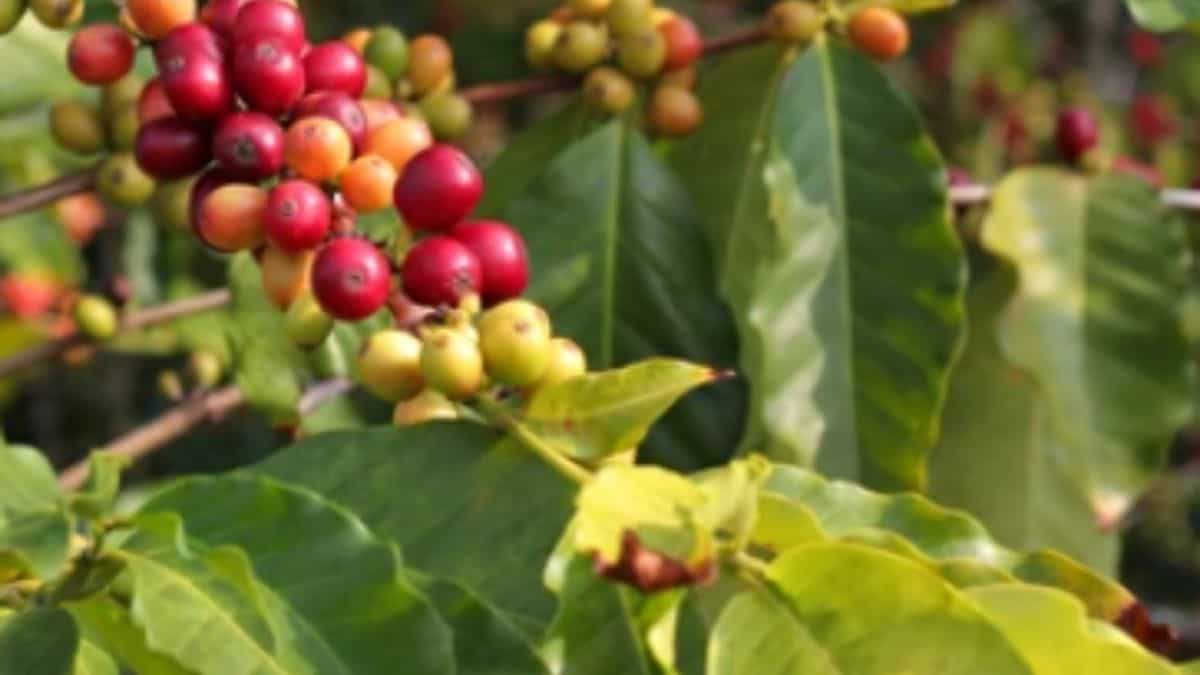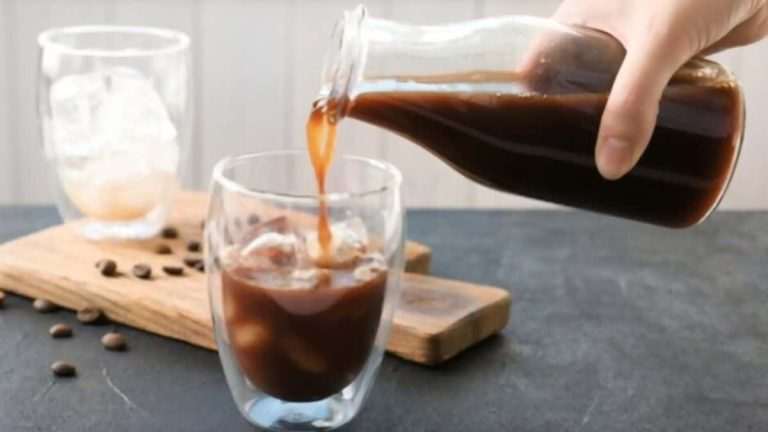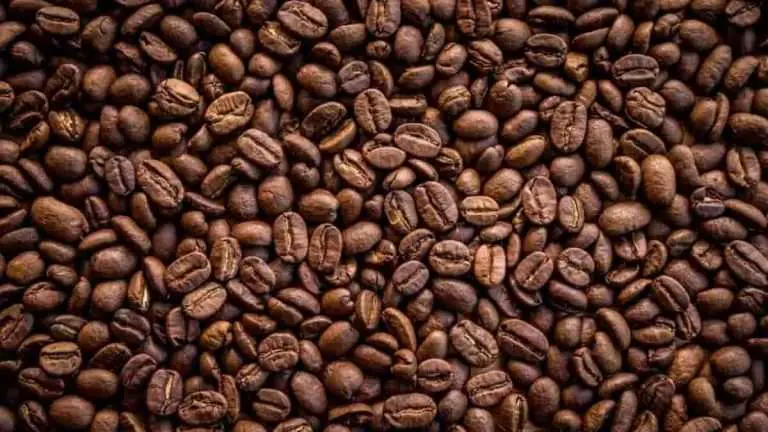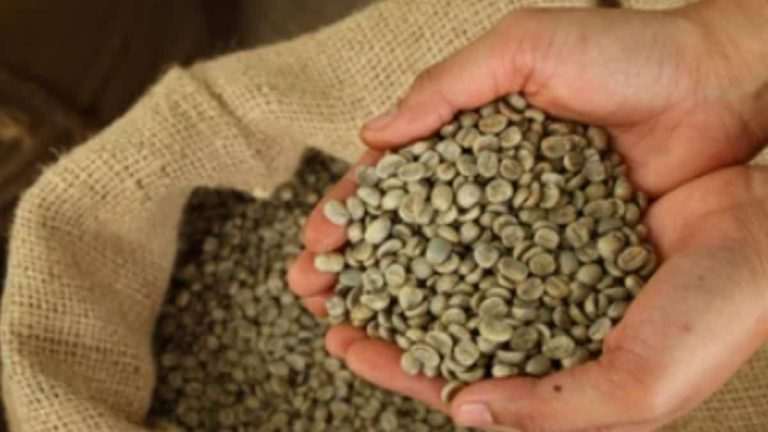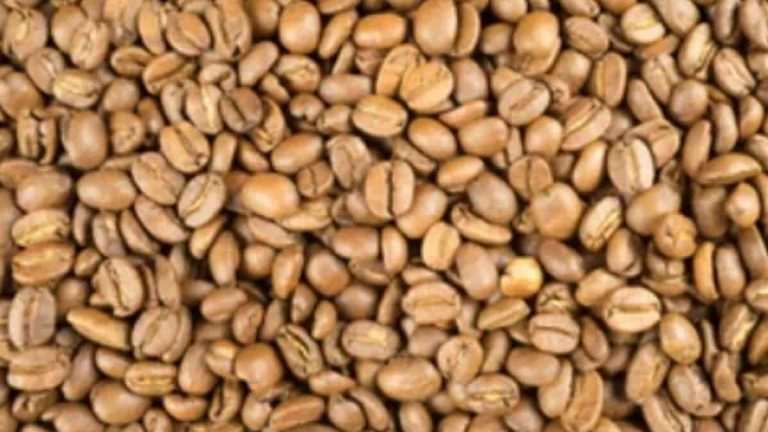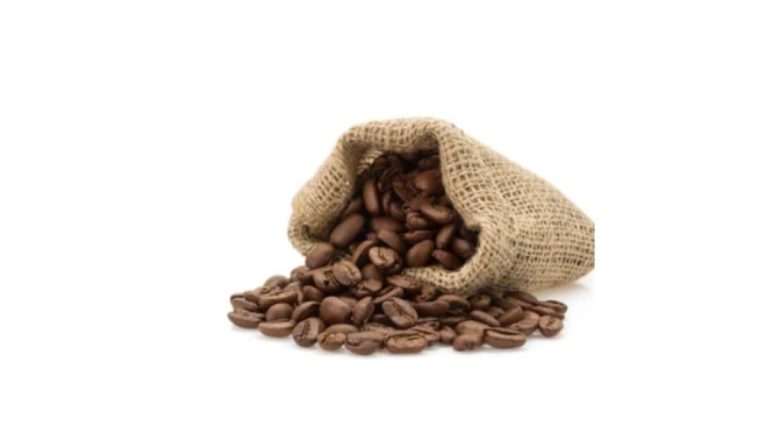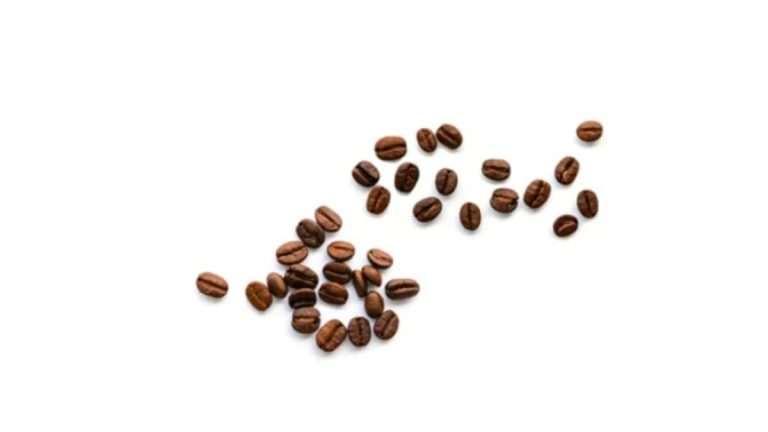What does Kona coffee taste like
What does Kona coffee taste like? Let me tell you; it’s a unique experience. If you haven’t tried kona coffee yet, then you are missing out on a tasty piece of history.
Introduction
Kona coffee’s distinct flavor comes from the mineral-rich volcanic soil of Hualalai and Mauna Loa on the Big Island, along with favorable weather and high altitudes. While the flavor characteristics of each grower’s beans vary slightly, the overall flavor profile remains consistent across brands.
Hawaii is not a cheap location to live, and Kona coffee growers must do everything by hand due to the harsh climate. Paying laborers to do the task adds up rapidly, as these growers’ day laborers might cost up to 20 times more than in other low-cost coffee-producing countries.
Of course, the coffee is well worth the price. If it weren’t so good, the production expenses would quickly outstrip demand, forcing many growers out of the market; nonetheless, the demand for this region is high enough to justify the high costs of the beans. Continue reading as we find out just about everything about Kona coffee.
Kona coffee is one of the most sought after and highly prized coffees in the world. It is considered the best coffee in the world due to its unique flavor, aroma, and quality. Kona coffee is 100% Arabica. It has a smooth taste that is not bitter but sweet and aromatic.
Kona coffee beans are grown on the slopes of Mauna Loa on the Big Island of Hawaii, USA. This island is located approximately 20 miles off the southern coast of Hawaii and 80 miles from Japan. Kona coffee is entirely hand-picked at a peak time of ripeness, enabling it to retain its natural flavors and oils. The finest Kona beans are hand-selected by experienced judges who ensure only the highest quality beans are used for Kona coffee production.
Kona Coffee should be served black at about 165 degrees Fahrenheit. The best way to brew kona coffee is in a press pot or french press, as it extracts more flavor than drip brewing methods or using an automatic coffeemaker.
Coffee snobs insist that there are three types of people who drink Kona Coffee: those who have tried it, those who will try it, and those who don’t know what they’re missing!
Is all of the coffee from Hawaii Kona?
No, much like grapes, the location where coffee beans are grown has a significant impact on the flavor of the coffee. Although coffee companies may advertise their coffee as Kona-style beans, it isn’t Kona coffee unless it was grown in the Kona district of the Big Island.
How Should Kona Coffee Be Prepared?
You may brew Kona with any method you like, although many people like to use a French press or a manual pour-over method to have the most control over the final product.
Regardless of how you prepare your Kona coffee, make sure to grind the beans just before brewing and test it black before adding cream or sugar.
The Taste of Kona Coffee When It Was Picked Unripe
When selected, dried, and processed, Kona coffee beans produce a diverse mix of flavors, aromas, and textures once they are fully ripe. When Kona coffee cherries are not allowed to fully develop, they can produce pyrazines, which taste like green bell peppers.
What is so special about Kona coffee?
Kona coffee beans are grown in a microclimate on Kona’s northern and southern slopes, Hawaii’s Hualalai and Mauna Loa Mountains.
These are the most expensive and delicious coffee beans on the planet. Its location distinguishes it.
The Taste of Kona Coffee’s Popularity
The following is a timeline of Kona coffee’s history: the bean has grown in popularity as the best bean for delicious coffee beverages. It received a prize for excellence in 1873 at the World Exhibition in Vienna, illustrating the explosive popularity of Kona coffee. By 2010, it had become the most popular coffee variety on the planet!
High-quality Kona coffee beans have also become popular in the United States and other nations.
The bean is so well-known for its flavor that it has its own yearly festival, “The Kona Coffee Cultural Festival,” held every November for nearly 200 years. Kona coffee has become the world’s most well-known and delicious coffee bean.
Kona coffee’s main characteristics are its flavors and taste.
Another location, Kona coffee, was coined by Mark Twain. On the cloud-wreathed western sides of Hawaii’s Big Island volcanoes, “a richer flavor than any other” blooms.
Kona coffee has a very rich and complex flavor profile. It consists of dark chocolate, caramel and nutty notes, with hints of floral and citrus fruits. The aftertaste is slightly bitter, giving the impression that Kona coffee is extremely strong. However, its caffeine content is comparable to regular blends (6-7%).
Today, Kona coffee is the most popular coffee globally, but Tanzanian Peaberry Coffee is a strong competitor.
Kona coffee selection For a Delicious Brew
Because the style and quality of Kona coffee are so significant, it’s important to know what aspects are most important to look for while selecting it.
Kona coffee cherries are harvested in late August. It’s a difficult task that can only be completed by trained pickers. Before picking, they check for complete phenolic ripeness. In an ideal world, this would be a dark rose color.
Fortunately, Kona coffee cherries are full of flavor and acidity at that stage of ripening in the “Kona” climate. These characteristics are critical since Kona coffee is the foundation of our taste buds.
How Can You Improve the Taste of Kona Coffee?
There are many ways to improve the flavor of Kona coffee, but in my opinion, the greatest approach is to combine cookies with it. Simple cookie and coffee pairing suggestions for Kona coffee are available. Kona coffee is available in a range of flavors. Taste, texture, and feel are riper, richer, more forceful, and more elegant.
How can you make Kona Coffee?
The steps below will help you make a wonderful cup of Kona coffee.
1. Keep Coffee in a cool place in an air type container. Ground coffee lasts longer than whole bean coffee.
2. Always use the proper grind for your brewing process. Coffee that has been ground incorrectly will be weak or bitter. In general, the finer the grind, the faster the brewing technique. The finest approach for producing an outstanding cup of Kona Coffee is to use a French press.
3. Use cold freshwater; hot water imparts a stale flavor to the coffee, while softened water imparts an odd flavor.
4. For a 12-cup coffeemaker, use the recommended amount of coffee, which is six tablespoons.
5. Ensure that the coffee brewer is completely clean, as coffee is quickly contaminated with other flavors.
6. To avoid bitterness, remove the grounds from the brew (if using a French press or similar brewer).
7. Serve coffee right away, as coffee that remains on a burner rapidly goes stale. After 20 minutes, freshly brewed coffee begins to lose its flavor, and after an hour, it is no longer drinkable.
8. Don’t reheat chilled coffee because the flavor will be ruined.
9. Using an air pot, thermos, or other vacuum containers to store coffee will keep the flavor and temperature for a longer amount of time.
Is Kona coffee expensive?
Because the Kona region is the most expensive place on earth to grow coffee, Kona coffee can be more expensive than other coffees. The cost of growing and harvesting Kona coffee is higher than most other coffees globally because of the ideal growing conditions that exist there, making this one of the most expensive coffees in the world.
Its high price can be attributed to its unique flavor, which is unlike any other type of coffee you have ever tried before.
Why is Kona coffee so expensive
One of the few coffees grown commercially in the United States is Kona Coffee. It grows on the Big Island of Hawaii’s volcanic slopes of Hualalai and Mauna Loa. Sunshine in the morning, rain in the afternoon, ideal elevation, and rich volcanic soil make this, in my opinion, the ideal cup! Is it possible that I’m biased? Well, maybe a smidgeon. Growing up, Kona coffee was the only coffee provided in our house.
The expense of labor is the key reason behind its high cost. Our growers handpick Kona coffee throughout the year. We have to select the same tree numerous times throughout the picking season since only the red cherry is chosen. After that, the beans are graded (post on grading to come). The higher the quality of the bean, the larger it is. We then dry, roast, and package the coffee ourselves at our Kona store.
Is kona coffee bitter?
If you like dark roasted coffee beans, then yes, Kona Coffee is bitter. If you choose a light roast, then it will be sweeter than dark roast Kona Coffee. It all depends on your personal preference; some people enjoy both flavors while others stick to their favorite.
Kona coffee is known for its full body with low bitterness. This low bitterness, coupled with its exceptional flavour has earned Kona coffee the reputation as being one of the finest coffees in the world.
When you brew your Kona coffee, make sure to choose a high-quality filter system because only finely ground coffee extracts all of the flavours from the bean. Also, be sure to use fresh cold water and take good care when brewing your Kona coffee to ensure maximum flavour extraction.
Kona coffee is best enjoyed black or with very little milk or cream as this will mask some of its fine qualities.
Is Kona coffee better?
Whether or not Kona Coffee is better than other coffees is highly subjective but generally speaking, yes, it does rank higher on the quality scale due to its rich flavor profile. However, it all depends on what kind of drinker you are and how you prefer your brew
Another factor is that Kona coffee is readily available. It only accounts for around 1% of all coffee consumed worldwide. That’s quite uncommon! A Coffee Cherry Borer epidemic decimated many Kona Coffee farms in the last 5 years.
It put a number of farms behind schedule. Because of the scarcity of Kona, several companies make a blend of 10% Kona and 90% random coffee beans from throughout the world. However, most have decided to only serve 100% of the time.
Is Kona Coffee Still Worth It?
Not at all. By introducing superior and cheaper alternatives from other regions of the world, the third-wave coffee movement shattered Kona coffee’s former success.
Single-origin, organic, family farm grown coffee’s unique selling advantage was suddenly no longer distinctive.
A buyer’s guide to Kona coffee
Because of the strong demand for Kona coffee, some coffee roasters and producers created labels that may confuse customers who are unfamiliar with the origins of the coffee.
Here’s a buying guide to help you figure out which Kona coffee is genuine:
The term “Kona Roast” is deceptive because there is no such thing as a Kona roast. You can’t have a Kona Roast unless you carry the coffee beans to the Kona Coffee Belt region and roast them there. Kona Roast is unlikely to contain any Kona coffee. It’s a fictitious name created to entice buyers.
Another deceptive term is Kona Style. What is Kona Style, exactly? Is the Kona region’s soil makeup replicated by the producers? What kind of style are they talking about? In the same way that Kona Roast does not contain Kona Coffee, this Kona Style does not contain Kona Coffee.
Kona Mix — This is closer to the truth because Kona blended coffee does exist. Due to the scarcity of Kona coffee, producers blend ten percent Kona with ninety percent other coffee beans. At the very least, you’ll get 10% Kona coffee awesomeness. The 10% mark is clearly marked on the labels of coffee producers.
100% Kona — This is the real deal. You can also attest to the coffee beans’ authenticity. Just make sure it’s grown and packed on the island of Oahu. Check the packaging twice.
How Can You Improve the Taste of Kona Coffee?
There are many ways to improve the flavor of Kona coffee, but in my opinion, the greatest approach is to combine cookies with it. Simple cookie and coffee pairing suggestions for Kona coffee are available. Kona coffee is available in a range of flavors. Taste, texture, and feel are riper, richer, and more forceful, as well as more elegant.
What is the difference between Kona coffee and regular coffee?
The main difference between Kona and other types of coffee is where they are grown. While most coffees are grown in warm, tropical climates like South America and Africa, Kona comes from Hawaii, an entirely different climate that affects how the beans grow and taste. Coffees from Hawaii are protected under law by the state’s legislature due to their distinctive taste and growing conditions.
Is Kona coffee high in caffeine?
Robusta coffee has a higher caffeine content than regular coffee. Robusta is commonly used in instant coffee and as a blend addition to giving a particular coffee mix an extra “kick.” Robusta has 2.7 percent caffeine, while Arabica contains only 1.5 percent.
Since Kona coffee is more Arabica, there, you have your answer.
Is Kona coffee arabica or Robusta?
Kona coffee is made from arabica beans grown in Hawaiian soil on the slopes of Mauna Loa and Hualalai on the Big Island’s southern and northern districts. Only coffee beans from the Kona area can be referred to as Kona for marketing purposes. Only sparkling white wine from France’s Champagne region can be branded champagne. In summary, Kona coffee is distinguished from other coffee beans by the region in which it is grown.
What coffee is similar to Kona?
There are many types of coffee, and each has a different taste. The people in the Kona region of Hawaii, who grow this type of coffee, claim that it is the best coffee globally.
There are many types of coffee in the world, but the one most similar to Kona is Jamaican Blue Mountain. Jamaica is located on an island in the Caribbean Sea, just like Hawaii. Both countries have volcanic soil, which lends itself to growing the best coffee beans. Both coffees are very expensive because some consider them to be the best in the world.
Is Kona better than other coffees?
This is a difficult question to answer because not everyone agrees on what makes a certain brand of coffee better than another one. However, there are several reasons why Kona coffee could be considered better than other types of coffee.
Conclusion
Although Kona Coffee is no longer the most costly option at your neighborhood cafe, it remains one of the most fulfilling coffee variations available. You owe it to yourself to sample Kona coffee at least once if you’re interested in coffee for more than just a caffeine boost.
As a result, Kona coffee beans are delicious. However, double-check your brewing procedure if your brewed coffee isnt tasting right. Using various brewing processes, you can alter the body of your beverage. Change your Kona coffee product to your Kona coffee brand if your coffee brewing process is perfect. We genuinely hope you achieve positive outcomes.

